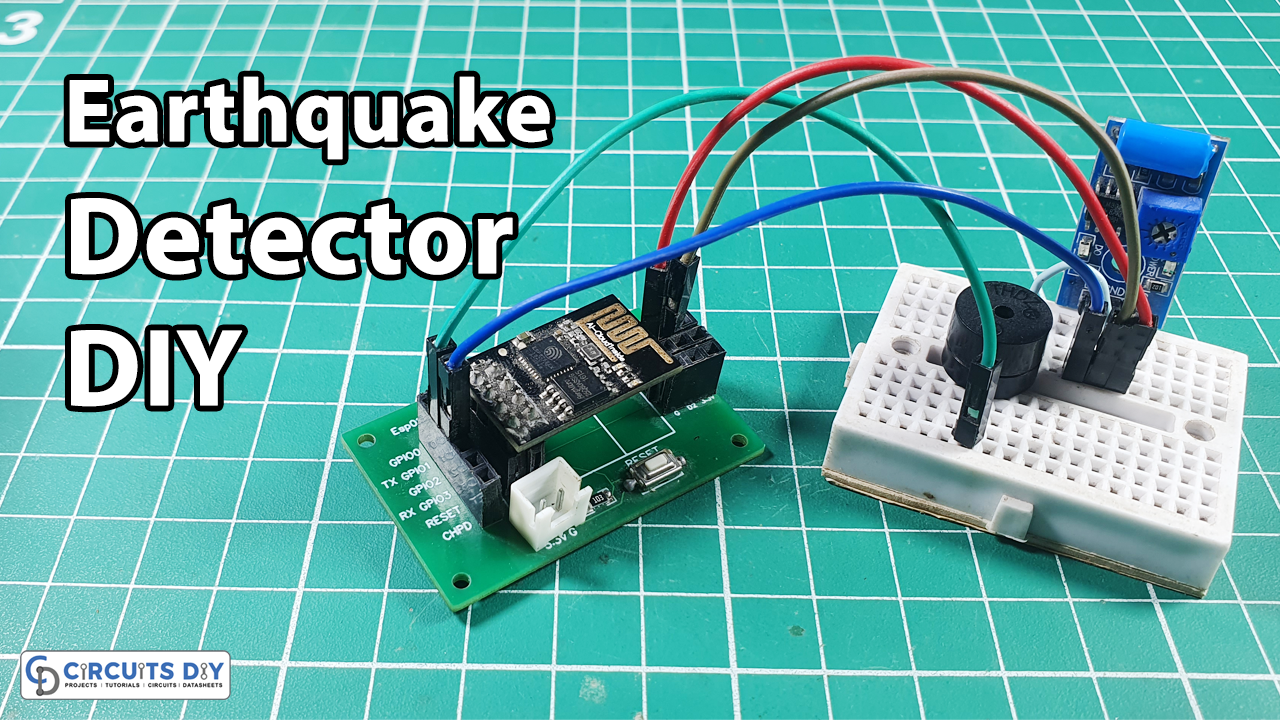
How to Detect Seismic Activity with a Vibration Sensor
Seismic activity, or earthquakes, can be a terrifying natural disaster that can cause widespread damage and loss of life. Being able to detect seismic activity early can help save lives and minimize damage. One way to detect seismic activity is by using a vibration sensor. In this article, we will discuss how vibration sensors work, how to set them up, and how to interpret the data they provide.
What is a Vibration Sensor?
A vibration sensor, also known as a seismometer or seismograph, is a device that measures the motion of the ground during an earthquake. When an earthquake occurs, the ground moves in various directions, causing vibrations that can be detected by the sensor. The sensor then converts these vibrations into electrical signals that can be analyzed and interpreted.
There are different types of vibration sensors available, from simple handheld devices to sophisticated monitoring systems used by seismologists. The most common type of vibration sensor is the accelerometer, which measures acceleration caused by the movement of the ground.
Setting Up a Vibration Sensor
Setting up a vibration sensor is relatively easy, but it requires some basic knowledge of electronics and sensors. Here are the steps to set up a vibration sensor:
- Choose a location for the sensor: The sensor should be placed on a stable surface, away from any sources of vibration such as motors or machinery.
- Connect the sensor to a data acquisition system: The sensor is connected to a data acquisition system, which collects and processes the data from the sensor.
- Calibrate the sensor: Before using the sensor, it should be calibrated to ensure accurate measurements.
- Monitor and analyze the data: Once the sensor is set up, it can start monitoring vibrations. The data collected can be analyzed to detect seismic activity.
Interpreting Vibration Sensor Data
Interpreting the data from a vibration sensor can be a complex process, but there are some key indicators to look out for when detecting seismic activity. These indicators include:
- Amplitude: The magnitude of the vibrations can indicate the strength of the earthquake.
- Frequency: The frequency of the vibrations can indicate the type of seismic waves generated by the earthquake.
- Duration: The duration of the vibrations can indicate the length of the earthquake.
By analyzing these indicators, seismologists can determine the location, magnitude, and intensity of an earthquake, providing vital information to help mitigate its effects.
Conclusion
Using a vibration sensor to detect seismic activity is a crucial tool in earthquake monitoring and early warning systems. By understanding how vibration sensors work, setting them up correctly, and interpreting the data they provide, we can better prepare for and respond to earthquakes. Remember, being prepared can save lives.
Was this helpful?
0 / 0